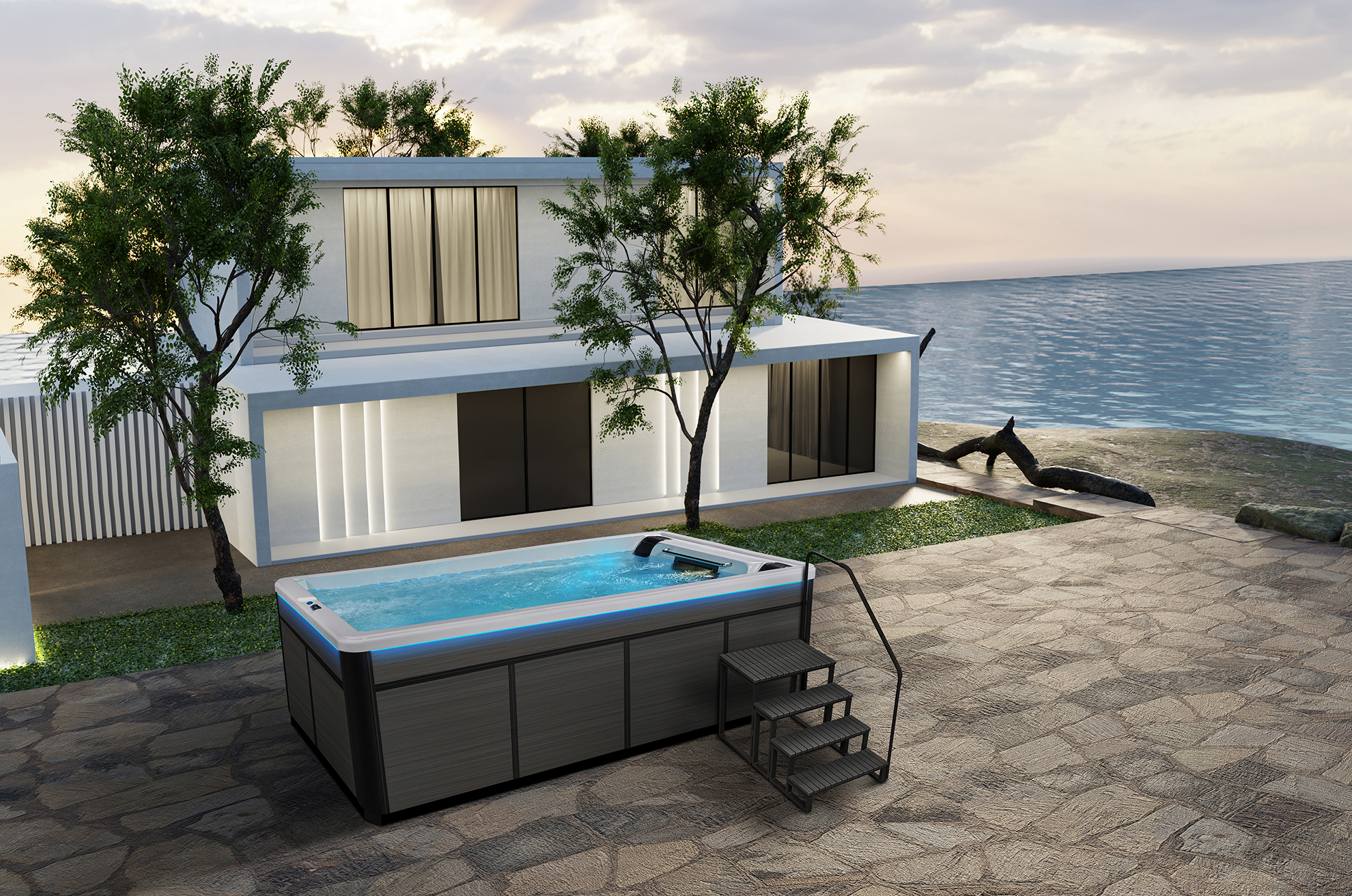The Importance of Draining Your Outdoor Pool During Long Periods of Non-Use
Owning an outdoor pool is a delightful luxury that transforms your backyard into a private oasis. However, when the swimming season comes to a close or if you find yourself not using the pool for an extended period, it’s crucial to consider the well-being of your aquatic haven. In this blog post, we’ll explore why it’s advisable to drain the water from your outdoor pool during prolonged periods of non-use.
1. Prevention of Algae Growth: Stagnant water is a breeding ground for algae, especially in the presence of sunlight. Draining your pool eliminates the standing water that algae thrive in, preventing their growth and the subsequent discoloration and contamination of your pool water. This proactive measure helps maintain the visual appeal of your pool and reduces the need for extensive cleaning when you decide to use it again.
2. Mitigation of Bacterial Proliferation: Stagnant water can lead to the proliferation of harmful bacteria. Draining your pool helps eliminate the potential health risks associated with bacterial growth, ensuring that the water remains a safe and hygienic environment for you and your family when you decide to reopen the pool for use.
3. Protection Against Freezing Temperatures: In regions where temperatures drop significantly during the winter, leaving water in the pool poses the risk of freezing. Frozen water can cause extensive damage to pool plumbing, equipment, and the pool’s structure itself. Draining the pool is a preventative measure that safeguards against costly repairs and ensures that your pool remains in optimal condition.
4. Cost-Effective Maintenance: Draining your outdoor pool during periods of non-use is a cost-effective maintenance strategy. By removing the water, you reduce the need for chemical treatments, filtration, and energy consumption associated with keeping the water in good condition. This not only saves on operational costs but also simplifies the pool’s reopening process.
5. Extended Lifespan of Pool Components: Allowing water to remain in the pool for extended periods can lead to wear and tear on pool components, including pumps, filters, and liners. Draining the pool during non-use minimizes the strain on these components, contributing to their longevity and reducing the likelihood of equipment malfunctions.
6. Enhanced Aesthetic Appeal: A drained pool allows for thorough cleaning and maintenance of the pool surfaces. This ensures that when you decide to fill the pool again, you are welcomed by clear, pristine water and a visually appealing environment. It’s a step towards maintaining the overall aesthetic appeal of your outdoor oasis.
In conclusion, draining your outdoor pool during extended periods of non-use is a proactive and practical approach to pool maintenance. It prevents the growth of algae and bacteria, protects against freezing temperatures, and contributes to the overall longevity of your pool and its components. By taking this simple yet effective step, you ensure that your outdoor paradise remains a refreshing and inviting haven whenever you decide to take a dip.

